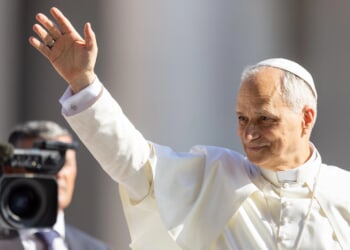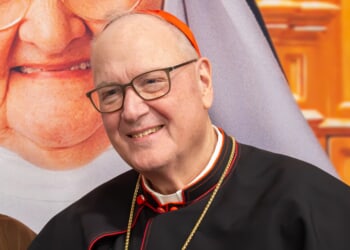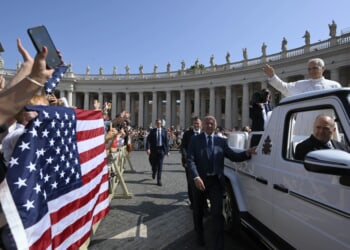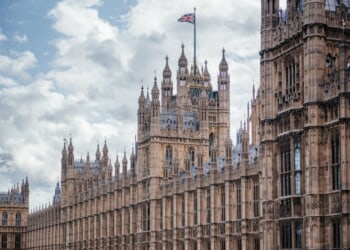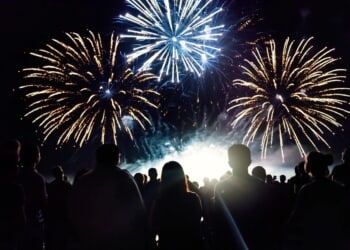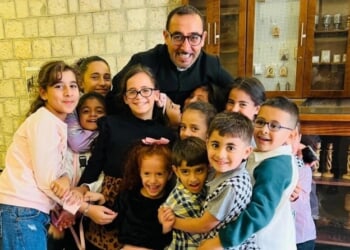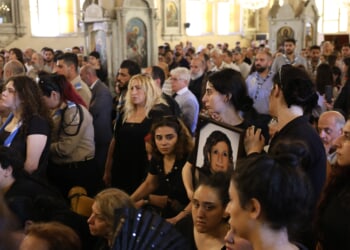Paris, France, Jun 29, 2025 /
06:00 am
Nestled among the majestic cliffs of the Simbruini mountains in Subiaco, a town about an hour from Rome in the heart of the Aniene River valley, stands the Monastery of St. Benedict, also known as the “Sacro Speco” (“Sacred Cave”). It is from this place that the famous rule of religious life was born and would spread through the centuries, still followed by thousands of monks and nuns around the world today.
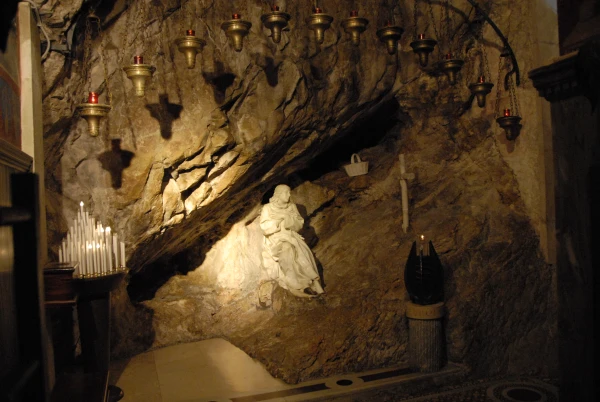
In the sixth century, the young Benedict of Nursia withdrew into solitude, fleeing a corrupt and noisy world in search of an inner state that would bring him closer to God through reflection and the listening of silence. Among the rocks and trees, he found a cave — the “speco” — which sheltered him in hermitage for about three years. Thanks to the charity of a local monk and nearby shepherds, to whom he offered knowledge in exchange for food, he survived hunger and hardship.
From that cave began a spiritual journey of prayer and asceticism that led St. Benedict to formulate the rule that countless religious follow today. He devoted great attention to contemplation and prayer, considering silence an essential condition for receiving the word of God and the inspiration for a life of prayer, work, and brotherhood — according to the motto “Ora et Labora” (“Pray and Work”).
The cave later became a pilgrimage site and source of spiritual inspiration. Over the centuries, a magnificent monastic complex was built around the Sacred Cave, nestled in greenery like a jewel, welcoming faithful and visitors from all over the world. The monastery was constructed on multiple levels and adapted to the shape of the mountain.
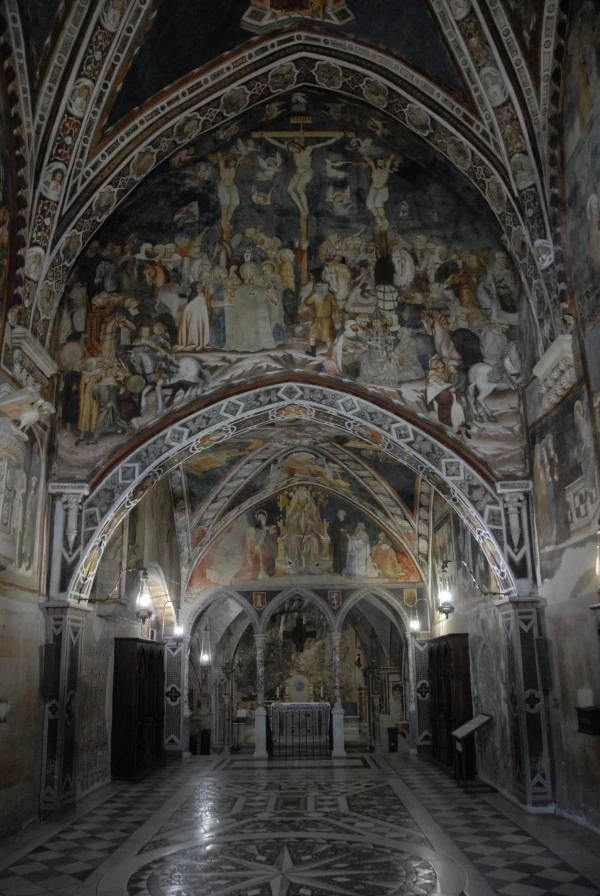
Wrapped in the rocks of the mountain
One unique feature of the place is that in any room, at least one wall is bare rock. During construction, the connection with the mountain was always preserved. Even above the main altar of the upper church, the rock juts out and looms overhead, enveloping the worship space like a vast cloak.
To link the various parts — upper and lower churches, chapels, and the cave itself — an intricate network of staircases was built, making the pilgrim’s path even more fascinating. On the walls of the many chapels and corridors are frescoes painted in various artistic styles from different centuries.
The holy image of St. Francis of Assisi
One of the most important frescoes, found in the Chapel of St. Gregory, is the image of St. Francis of Assisi — considered the oldest portrait of the saint. It was painted by an anonymous friar, likely living in the same convent as Francis between 1220 and 1224. This date suggests that the face depicted in the fresco is one of the most faithful representations of the saint’s actual appearance — almost like a “photograph” of the time.
The absence of the stigmata (which appeared in 1224) and the halo further support the belief that this fresco is an extraordinary testimony to the real face of Francis while he was still alive.
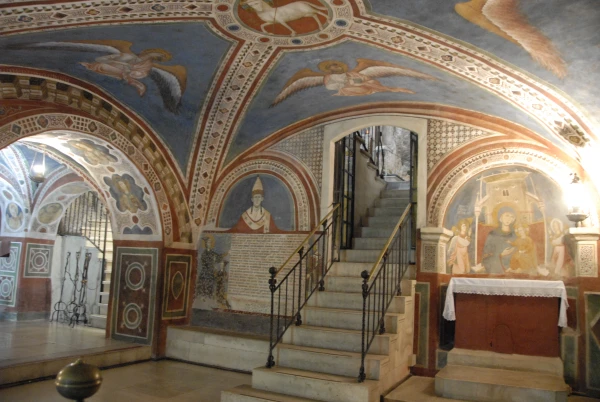
The frescoes that adorn the chapels and corridors were painted in different eras by various artists and mostly depict the life of St. Benedict, especially in the lower church. There, in a style with Roman and Byzantine traits from the 13th century, scenes include “The Miracle of the Poisoned Bread,” with a crow carrying away the poisoned bread meant for Benedict by enemies; “The Miracle of the Goth,” where Benedict blesses a broken jar that miraculously reforms; and “Young Benedict in Subiaco,” illustrating his hermitic life in the cave.
Other frescoes in the lower church narrate Benedict’s arrival in Subiaco and his hermit life, showing his struggles against temptation and the strength with which he persevered; the first disciples and birth of the communities, the beginning of his mission; and his first miracles, bearing witness to the divine power manifesting through Benedict’s actions.
To this day, Benedictine monks still live in the monastery, faithfully upholding the rule.
(Story continues below)




